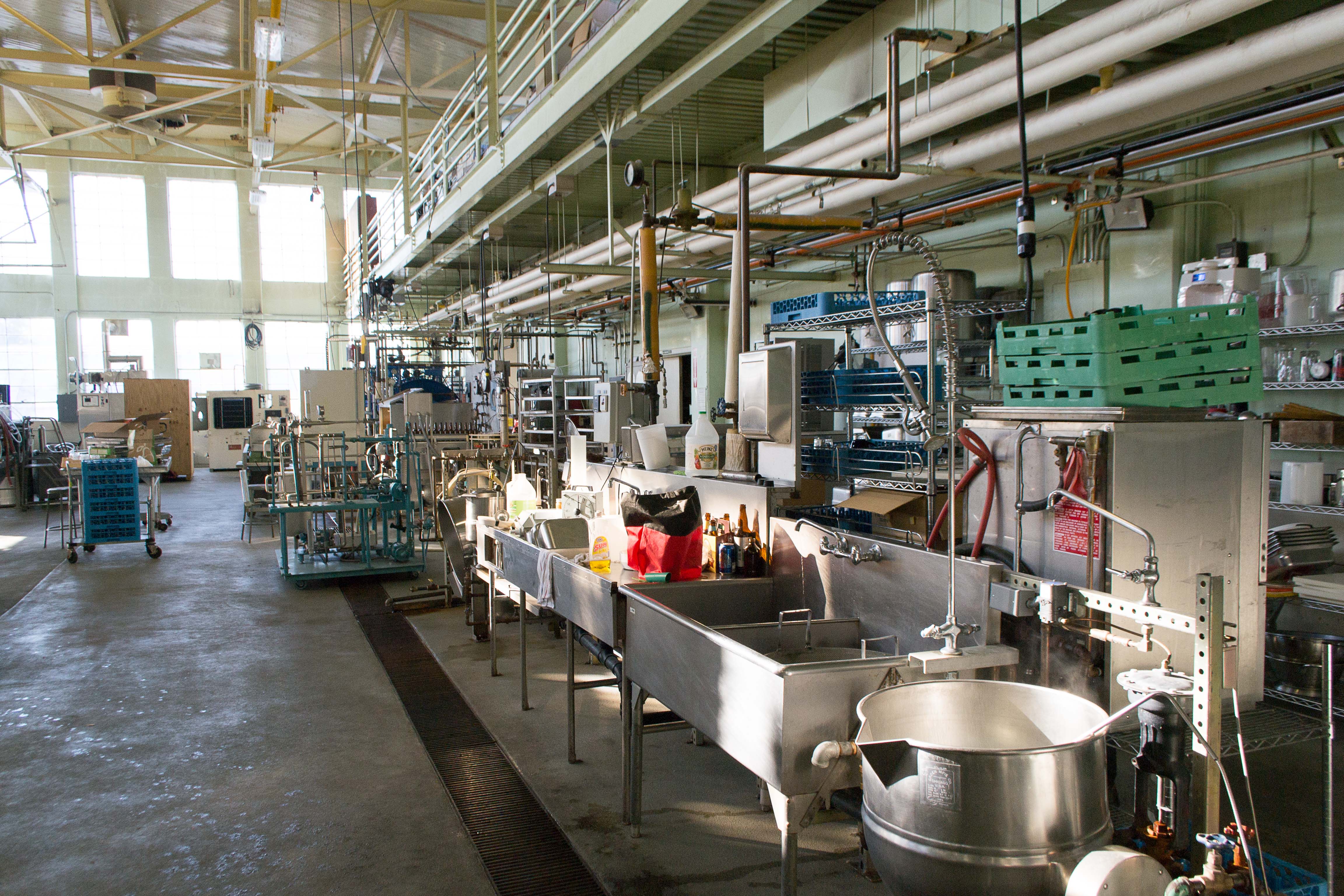
Photo from academic.microsoft.com
Infection of table grape bunches by Alternaria alternaJa was investigated by light, fluorescence and scanning electron microscopy. Conidia in 20-μ1 drops of spore suspension germinated readily on the fruit surface… Click to show full abstract
Infection of table grape bunches by Alternaria alternaJa was investigated by light, fluorescence and scanning electron microscopy. Conidia in 20-μ1 drops of spore suspension germinated readily on the fruit surface and within 16 h grew extensively on berries, pedicels and rachises of immature and mature bunches. Appressoria were formed within 16 hat the tip of germ tubes and hyphae, and on short side branches on the different bunch parts, but no evidence of direct penetration was found. The pathogen penetrated the host tissue through stomata, lenticels and microcracks in the epidermis. Infection hyphae remained localized in the substomatal cavities or surface cells oflenticels, and were restricted to a few epidermal cells in the case of epidermal microcracks, but caused no cell necrosis. Under conditions of high humidity, the fungus grew out of the stomata, lenticels and microcracks and formed an extensive superficial growth within 168 h. Although the fungus was able to grow into epidermal cells adjacent to those surrounding wounds, it would appear that this process is a slow one. The behaviour of A. alternala partly explains the extensive superficial growth of the pathogen that may occur on rachises and pedicels of table grapes at the end of the cold storage period.
Journal Title: South African Journal of Enology and Viticulture
Year Published: 2017
Link to full text (if available)
Share on Social Media: Sign Up to like & get
recommendations!